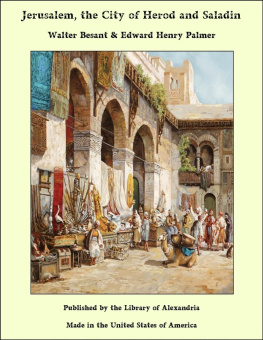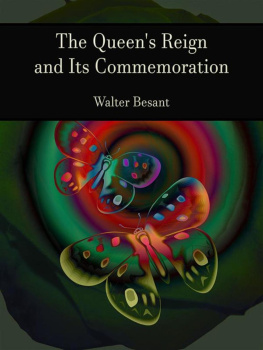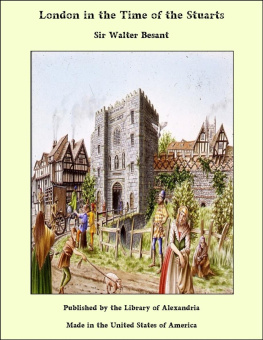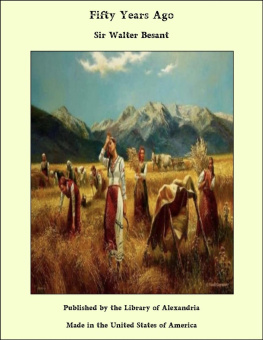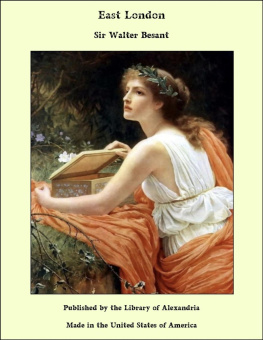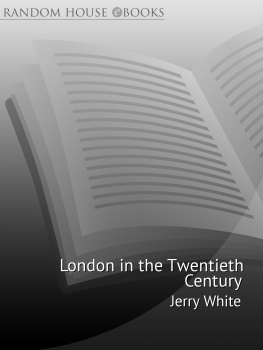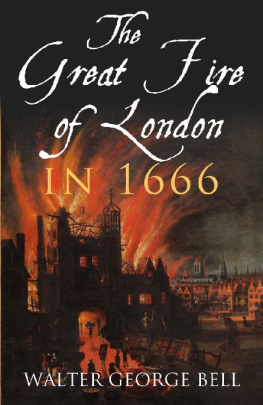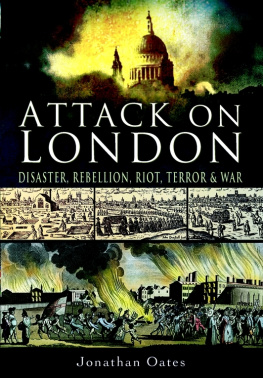Walter Besant - London - The Illustrated History of a Great City
Here you can read online Walter Besant - London - The Illustrated History of a Great City full text of the book (entire story) in english for free. Download pdf and epub, get meaning, cover and reviews about this ebook. year: 2020, publisher: Cgr Publishing, genre: Religion. Description of the work, (preface) as well as reviews are available. Best literature library LitArk.com created for fans of good reading and offers a wide selection of genres:
Romance novel
Science fiction
Adventure
Detective
Science
History
Home and family
Prose
Art
Politics
Computer
Non-fiction
Religion
Business
Children
Humor
Choose a favorite category and find really read worthwhile books. Enjoy immersion in the world of imagination, feel the emotions of the characters or learn something new for yourself, make an fascinating discovery.
- Book:London - The Illustrated History of a Great City
- Author:
- Publisher:Cgr Publishing
- Genre:
- Year:2020
- Rating:4 / 5
- Favourites:Add to favourites
- Your mark:
London - The Illustrated History of a Great City: summary, description and annotation
We offer to read an annotation, description, summary or preface (depends on what the author of the book "London - The Illustrated History of a Great City" wrote himself). If you haven't found the necessary information about the book — write in the comments, we will try to find it.
Remastered with gigantic 8 1/2 x 11 pages, profusely illustrated with detailed drawings of scenes that no longer exist, Walter Besants London is an underrated masterpiece of historical storytelling that captures the trials and tribulations of those living in the Worlds most iconic English city. From Roman rule through the times of the Saxons and Normans, through the fire, plague, and war, Londoners persevered to create a human metropolis forged in time.
Originally printed in 1892, Walter Besant endeavored to show off London using newfangled photographic technology of the time, combined with the expert artisanship of pen and ink to render crisp and intricate illustrations. His keen eye and quick penmanship capture even the most minute detail of street scenes, the docks, and buildings, many of which no longer exist, to tell a tale of Londons founding and growth as a city.
This Oversized Platinum Edition from this historical workshop of CGR Publishing features the original type font and page layouts, enlarged page sizes with digitally re-scanned and enhanced images, and a new modern retro-styled cover design to liven even the dreariest reading room.
Besant writes, In the following chapters, it has been my endeavor to present pictures of the City of London - instantaneous photographs, showing the streets, the buildings, and the citizens at work and at play. Above all, the citizens; with their daily life in the streets, the shops, in the churches, and in the houses; the merchant in the quays and on Change; the shopkeeper of Cheapside; the priests and the monks and the friars; the shouting of those who sell; the laughter and singing of those who feast and drink; the ringing of the bells; the dragging of the criminal to the pillory; the Riding of the Lord Mayor and Aldermen; the river with its boats and barges; the cheerful sound of pipe and tabor; the stage with its tumblers and its rope-dancers; the prentices with their clubs; the evening dance in the streets. I want my pictures to show these things.
The history of London has been undertaken by many writers; the presentment of the city and the people from age to age has never yet, I believe, been attempted.
Table of Contents: Chapter 1: After the Romans
Chapter 2: Saxon and Norman
Chapter 3: Plantagenet
Chapter 4: Plantagenet (Continued)
Chapter 5: Plantagenet (Continued)
Chapter 6: Tudor
Chapter 7: Tudor (Continued)
Chapter 8: Charles the Second
Chapter 9: George the Second
Walter Besant: author's other books
Who wrote London - The Illustrated History of a Great City? Find out the surname, the name of the author of the book and a list of all author's works by series.


